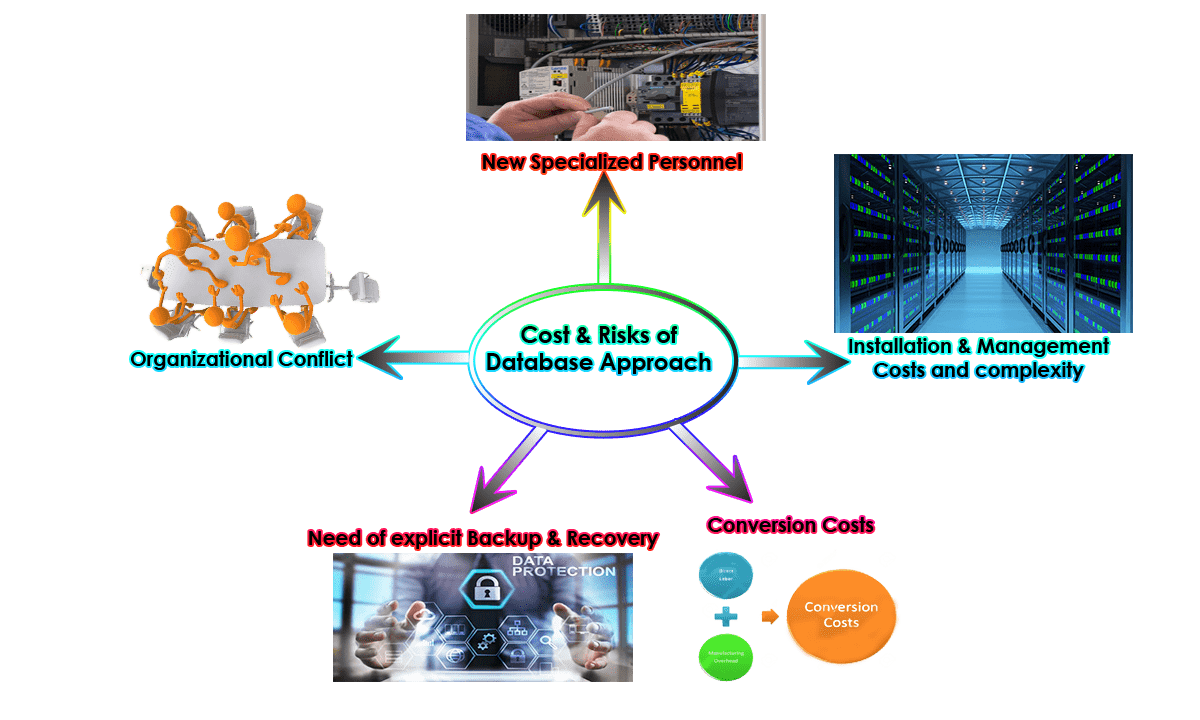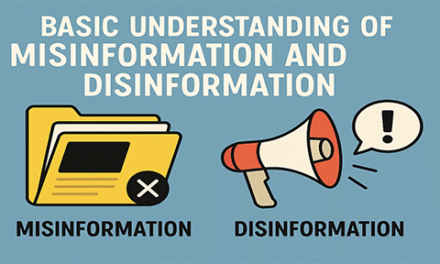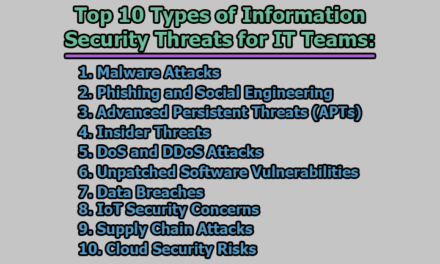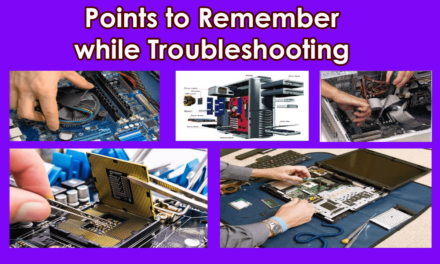Life Cycle of Electronic Information Resources
According to Sadeh & Ellingsen (2005), the life cycle of electronic information resources consists of six different processes starting from the discovery of EIRs to its trial period, selecting, and acquisition of the resource for a library, providing access to it for the clienteles and the successive decision of continuation and renewals. The life cycle of an electronic information resource is consists of the following processes.
- Discovery: Discovery/identification of an electronic information resource is considered an important aspect in the process of EIRs Management. As and when a new electronic information resource originates, librarians come to know by various sources from the faculty, from the subject librarian, from an online advertisement, an e-mail alert, from the publishers, or from the search for a substantial resource for a genuine project.
- Trial: If a resource is identified, the very next step for a librarian is deciding whether to purchase a license for it or not. And for that, he would seek trial access for his patrons and staff. Based on the feedbacks he takes decisions. During this process, a librarian pays considerable attention to some specific issues.
- Selection: Once the trial is over, the immediate action taken by the librarian is to decide whether to acquire or purchase the electronic information resource. If it is decided not to purchase, the electronic information resource must be deactivated from the library environment.
- Acquisition: If the electronic information resource is found to be useful, a decision will be taken to go forward and subscribe to the same resource. Librarian carries out an acquisition process that somewhat resembles the process for print resources; however, an additional level of detail is required, such as information about the license and the availability of the resource to various populations of users.
- Access: Accessing resources is an important part of the cycle of electronic information resources. Once a library has acquired an e-resource, the librarians need to ensure that it is well used. First, they need to make certain that users can access it easily
- The decision to renew or Cancel: An e-resource subscription is typically valid for a defined time period. When the period ends, the librarian must either renew the subscription or cancel it. Unlike the decision at the selection phase, this decision is based on the information accumulated in the management system, such as the actual usage of the resource while it was available, the reliability of the interface, and the responsiveness of the provider.
Reference: Sadeh, T., &Ellingsen, M. (2005). Electronic resource management systems: The need and the realization. New Library World, 106 (1212/1213), 208-218.

Library Lecturer at Nurul Amin Degree College










